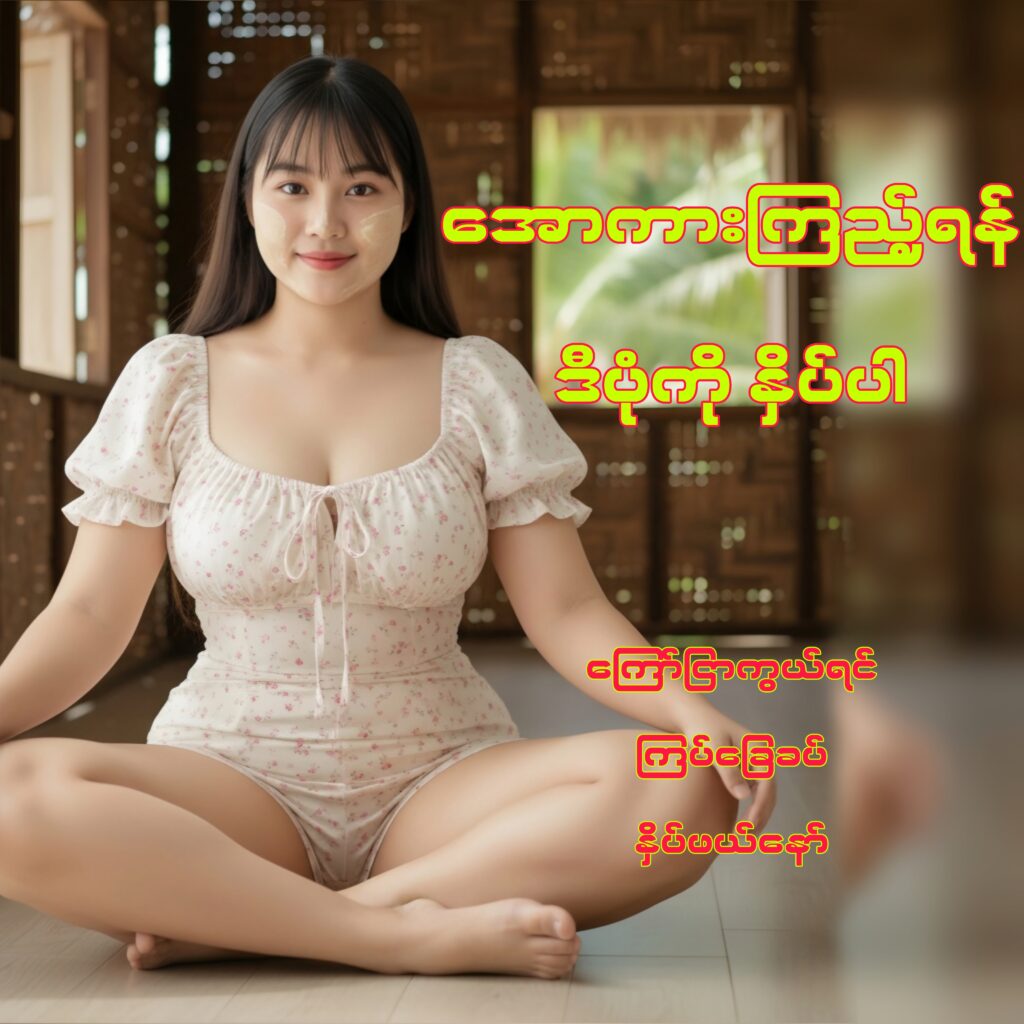
From Code to Creativity: Exploring the Boundaries of AI and Human Innovation in 2025
In the digital age, where lines between human imagination and machine intelligence are blurring, the year 2025 stands as a milestone in the journey of technological creativity. What began as a series of algorithms and automated scripts has evolved into an extraordinary collaboration between artificial intelligence (AI) and human ingenuity. Together, they are reshaping how we create, communicate, and conceptualize the future.
From code to creativity, AI is no longer just a tool — it has become a partner in innovation. But how far can machines truly go in mirroring human imagination? And how can humanity continue to lead in a world increasingly shaped by intelligent systems?
This article explores how AI and human creativity are merging in 2025 — redefining the boundaries of innovation across art, design, science, and business.
1. The Evolution of AI: From Data Processor to Creative Partner
Artificial Intelligence was once synonymous with efficiency — a technology that could calculate faster, analyze data better, and automate repetitive work. But as algorithms grew more sophisticated, AI began to display traits once considered uniquely human: learning, adapting, and creating.
Generative AI systems like ChatGPT, DALL·E, Midjourney, and Gemini have shown that machines can write poetry, compose music, design architecture, and even paint lifelike portraits. This evolution from “artificial intelligence” to “artificial creativity” is what defines the 2025 landscape.
AI is no longer confined to laboratories or tech companies; it’s present in classrooms, studios, and living rooms. Artists collaborate with AI to generate new visual styles. Musicians use machine learning to compose melodies beyond human imagination. Architects rely on algorithms to design sustainable, efficient, and futuristic structures.
The result? A powerful synergy — where human emotion meets machine precision.
2. The Rise of Creative AI Tools in 2025
The past few years have witnessed an explosion of creative AI platforms that empower individuals and businesses to innovate like never before. In 2025, tools powered by deep learning and generative models are democratizing creativity.
Some of the most influential categories include:
- AI Art Generators: Tools such as DALL·E 3 and Midjourney V6 allow artists to transform text prompts into stunning digital art. Designers use these systems for concept development, advertising, and storytelling.
- Music Composition AI: Platforms like AIVA and Soundful compose original soundtracks tailored to user emotions or genres, revolutionizing music production.
- AI Writing Assistants: From content marketing to screenplay writing, AI-powered text generators help writers create ideas, refine tone, and enhance storytelling quality.
- 3D Design & Architecture: Algorithms simulate real-world environments to optimize building designs for sustainability, energy efficiency, and aesthetic appeal.
- AI in Video Production: Deep learning enables automated video editing, script generation, and even virtual actor creation — reshaping entertainment industries.
By integrating these technologies, creators are no longer limited by technical barriers. Instead, they can focus on vision and emotion — letting machines handle complexity.
3. Human Creativity vs. Artificial Creativity: Collaboration, Not Competition
A major question in this era is whether AI threatens to replace human creativity. But the truth is more nuanced. While machines excel at generating patterns and processing data, human creativity thrives on emotion, empathy, and intuition — qualities AI still cannot replicate authentically.
AI can mimic artistic styles, but it cannot feel the inspiration behind them. It can generate solutions, but it cannot understand meaning in the human sense. That’s why 2025 has become an age of co-creation — where humans and machines work together to expand the frontiers of what’s possible.
For instance:
- In fashion, designers use AI to predict trends and create unique textile patterns, but the human designer still defines the soul of the brand.
- In literature, authors use AI to brainstorm plots, but the emotional connection with readers remains a human touch.
- In science, researchers rely on machine learning to process vast datasets, yet intuition often leads to the “eureka” moments that machines can’t replicate.
AI amplifies human potential — it doesn’t replace it. The fusion of both represents a new kind of creativity: augmented imagination.
4. AI in the Arts: The New Renaissance
The world of art is perhaps the most visible example of how AI and creativity intersect. In 2025, digital art galleries feature pieces co-created by algorithms and artists. NFTs and blockchain technologies ensure authenticity, while AI models help preserve and analyze historical artwork in unprecedented ways.
Some artists use neural networks to remix classic art styles — turning a Van Gogh painting into a futuristic cityscape or blending ancient calligraphy with digital abstraction. Others use AI to express emotions through dynamic art that evolves with viewer interaction.
Music, too, has been transformed. AI now helps artists compose songs based on the listener’s mood or the rhythm of their heartbeat. Even in cinema, AI assists with scriptwriting, visual effects, and post-production — saving time while enhancing creative quality.
This digital renaissance highlights one truth: creativity is no longer limited by human hands alone.
5. The Role of AI in Business and Innovation
Beyond art, AI-driven creativity is reshaping industries across the globe. Companies in 2025 use AI not just for analytics but for creative strategy — from marketing to product design.
Here are some examples:
- Advertising & Branding: AI analyzes consumer behavior and generates personalized ad campaigns, enhancing brand engagement.
- Product Design: Algorithms predict user preferences, allowing companies to create products that align with both functionality and emotion.
- Innovation Acceleration: Machine learning helps teams brainstorm new ideas, simulate results, and optimize prototypes in record time.
Even entrepreneurship is changing. Startups powered by AI can test business concepts using simulated markets before launching them. In this sense, creativity is no longer limited to individuals — it’s becoming embedded in the fabric of innovation itself.
6. Ethical Questions and Creative Responsibility
As AI creativity grows, so does the debate about ethics and originality. Who owns an artwork generated by a machine? The human who wrote the prompt — or the company that created the AI model?
Moreover, the rise of deepfakes, misinformation, and algorithmic bias raises concerns about how creative technology can be misused. For instance, AI-generated voices can mimic real people, and synthetic videos can distort reality.
That’s why in 2025, ethical AI frameworks are essential. Governments, corporations, and artists are establishing policies that emphasize transparency, accountability, and human oversight.
The creative world is also learning that true innovation comes with responsibility — ensuring technology uplifts humanity rather than manipulates it.
7. Education and the Future of Human-AI Collaboration
AI is also transforming how we learn and teach creativity. Educational institutions are embracing AI-assisted learning platforms that encourage students to think beyond traditional boundaries.
Rather than replacing teachers, AI acts as a personalized tutor — helping students explore topics through interactive and adaptive experiences. In creative fields, students use AI tools to visualize ideas, prototype designs, or compose music. This allows them to experiment freely and learn through collaboration with technology.
The goal is clear: to train a new generation of thinkers who see AI not as a competitor, but as a creative ally.
8. The Emotional Core: Why Humans Still Matter
No matter how advanced AI becomes, there’s one domain it can never truly replicate — human emotion. Creativity is not just about producing beauty or innovation; it’s about expressing what it means to be alive.
A poem generated by AI may sound elegant, but it lacks the heartbreak, joy, or nostalgia that a human writer feels. A digital artwork may be stunning, but it doesn’t carry the same intention or memory as one painted by hand.
Human creativity stems from experiences — from love, failure, discovery, and wonder. Machines can learn patterns, but they cannot live them. That’s why in 2025, even as AI reaches new heights, humanity remains the soul of innovation.
9. The Future Ahead: Towards Symbiotic Creativity
As we look beyond 2025, the relationship between humans and AI is moving toward symbiotic creativity — a balanced partnership where both contribute unique strengths.
AI will continue to break boundaries in fields like medicine, sustainability, and design. It will inspire new forms of expression, from interactive storytelling to AI-generated virtual worlds. Meanwhile, humans will provide purpose, ethics, and empathy — ensuring that creativity remains meaningful.
In this future, success will belong not to machines or humans alone, but to those who learn to collaborate — combining human intuition with machine intelligence.
Conclusion: The Harmony Between Code and Creativity
In the grand story of progress, 2025 marks the chapter where creativity meets code. The fusion of human imagination and artificial intelligence is giving birth to an era of limitless possibility — where art, technology, and emotion intertwine.
AI has expanded the boundaries of what we can create, but the heart of creativity remains profoundly human. It is the artist, the dreamer, the inventor who gives meaning to the machine’s work.
The challenge — and opportunity — lies in maintaining this harmony. If we can balance innovation with intention, data with emotion, and automation with artistry, the future will not just be smarter — it will be beautifully human.

